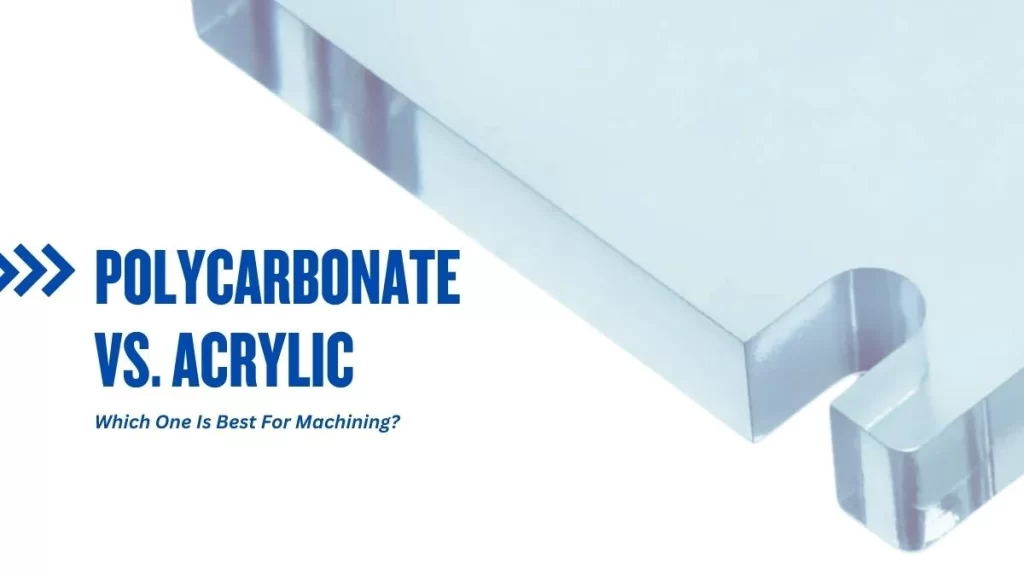
Polycarbonate Vs Acrylic
In plastic fabrication, Polycarbonate and may look alike at first and be used interchangeably. However, their key differences become apparent in chemical properties. Both plastics serve different functions in industry, yet find extensive automotive, consumer, and building sector applications because of their specialized characteristics.
This article briefly contrasts acrylic glass vs polycarbonate, their pros and cons, benefits and drawbacks, and applications.
What is Polycarbonate?
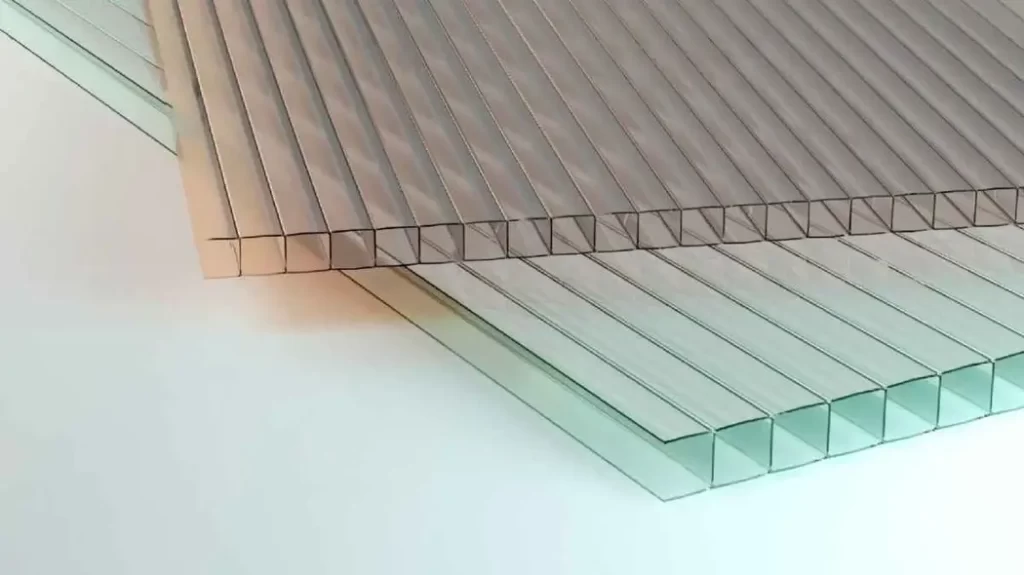
Polycarbonate Plastic
The rigid plastic polycarbonate exhibits exceptional durability because of its intense nature. The resistance to heavy impacts and bullet damage separates polycarbonate from other common plastic varieties. Its high melt temperature of approximately 295°C and its ability to resist cracking and stress make it highly durable. Digestive and thermoplastic properties in polycarbonate emerge from its structure, avoiding crystalline formation.
Polycarbonate (PC) Materials are an affordable substitute for silicate glass due to its peculiar strength. Optical applications benefit from the material’s clear appearance and stable form. Because of its pliable nature, manufacturers can use polycarbonate for different production methods, including injection molding and sheet cutting.
Applications of Polycarbonate
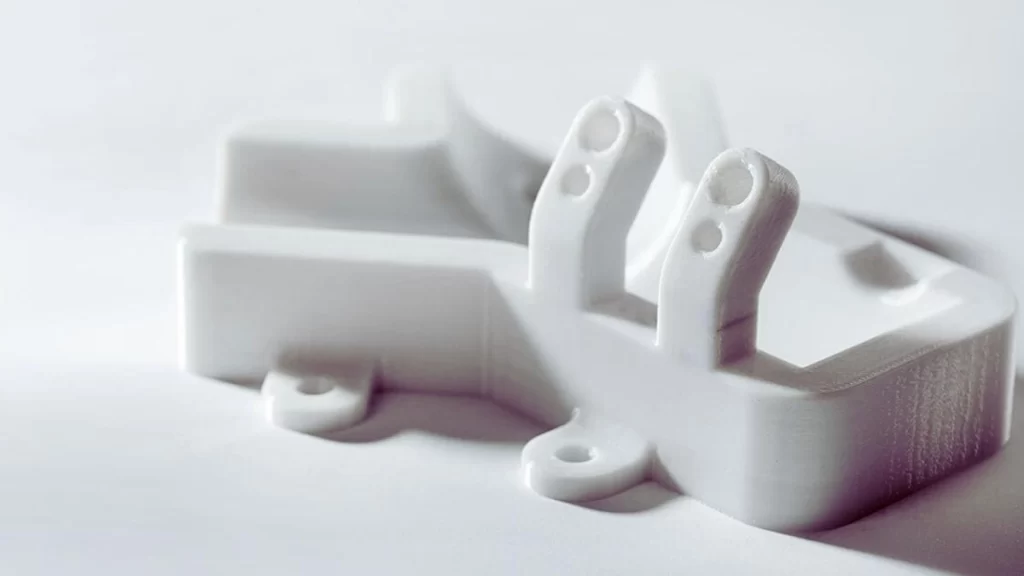
Polycarbonate Prototype
Polycarbonate is used in many products throughout various industrial sectors. You may find it in:
- Bullet-resistant windows and barriers
- Protective barriers for industrial and lab environments
- Enclosures for bus and train operators
- Protection eyewear instruments such as goggles and glasses
- Lenses for telescopes and microscopes
- Mobile phone cases
- The production of molds, as well as trays, uses polycarbonate materials
What is Acrylic?
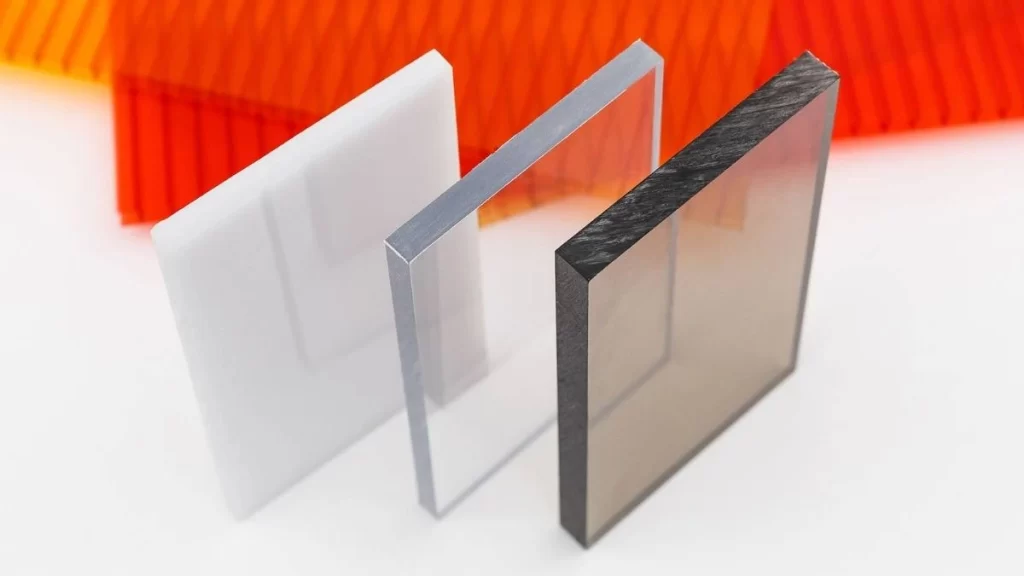
Custom Acrylic Parts
Acrylic plastic, in its formal name, polymethyl methacrylate (PMMA), serves as a widely used material in industrial production. Acrylic is the standard term people often use for this material. It is available in different forms, including sheets, fibers, glue, and paint, similar to polycarbonate. The solid state of acrylic is mainly applied during the production of laser-cut acrylic sheets.
Acrylic Materials display superior clarity than polycarbonate. Because it produces even better optical transparency. Polycarbonate is significantly more impact-resistant than acrylic. It is approximately 250 times more impact-resistant than glass, whereas acrylic is more fragile. So, it does not resist impact as effectively as polycarbonate. Acrylic has only 17 times more impact-resistance than glass. The manufacturing costs for acrylic remain lower than polycarbonate. This makes it suitable for multiple industrial operations such as molding and CNC machining.
Try Prolean Now!
Applications of Acrylic Machining
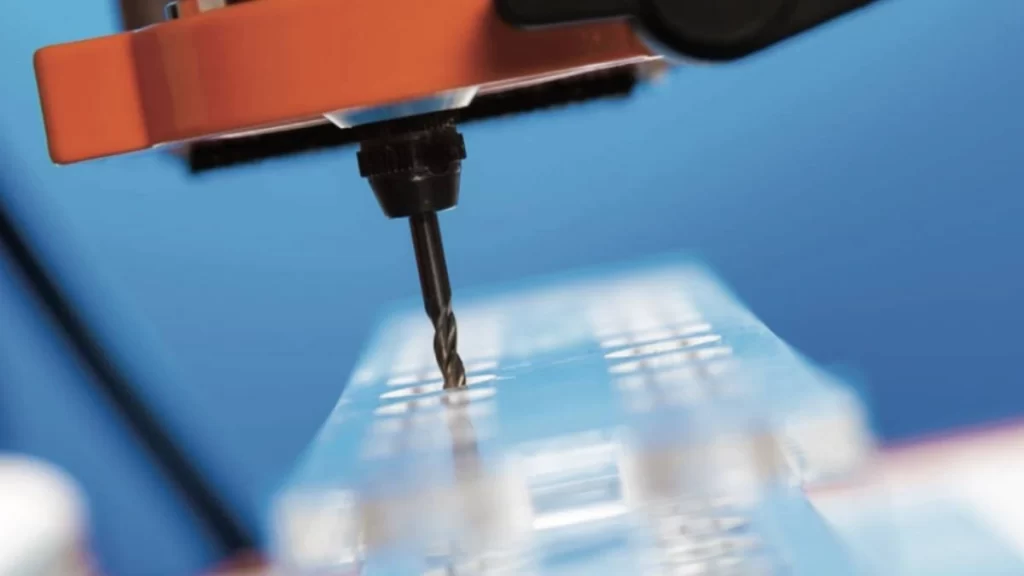
Similar to polycarbonate, the applications of acrylic also span a wide range of products, including:
- Transparent windows and panels
- Storage bins and shelving units
- Light diffusion panels
- Toys and play equipment
- Decorative items, including lampshades and furniture
- Signage and craft projects
- Protective eyewear like goggles and safety glasses
Polycarbonate vs Acrylic: A Comprehensive Property Comparison
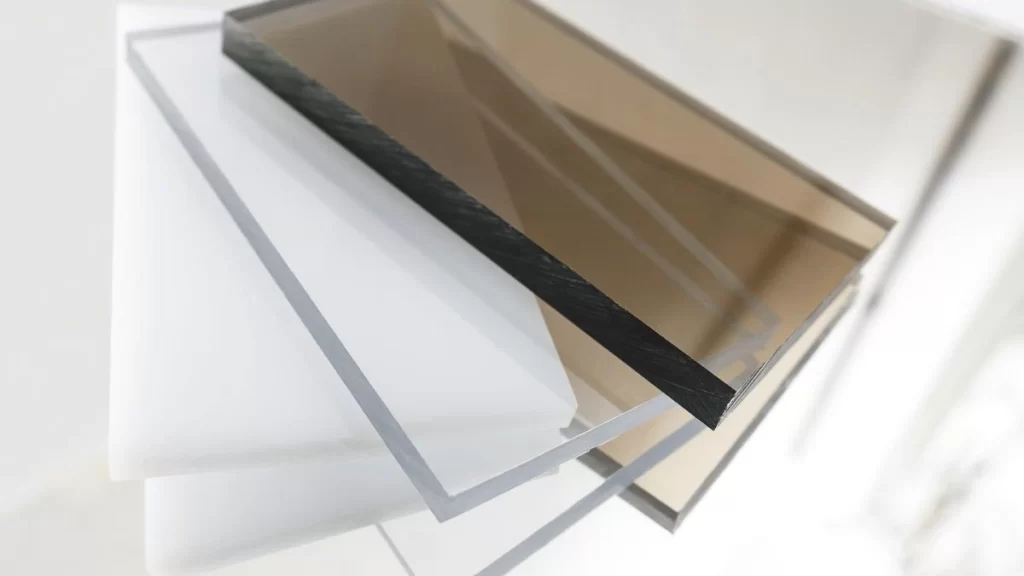
Polycarbonate vs. acrylic Sheets
Table 01: Physical and Mechanical Properties of Polycarbonate vs Acrylic
| Feature | Polycarbonate | Acrylic |
| Transparency | 80–88% | 92–98% |
| Chemical Resistance | Good resistance to acids, oils, and salts but degrades with alcohols and acetone. | Low resistance to salts, acids, and alcohols |
| Tensile Strength | 28–74 MPa | 65–83 MPa |
| Heat Resistance | 127–147°C | 110–115°C |
| Water Absorption | 0.03–0.30% | 0.13–0.80% |
| Hardness (Rockwell M) | 70–75 | 94–105 |
| Elongation | 10–138% | 3.0–6.4% |
| UV Resistance | Fair (degrades around 10%) | Excellent (only 3% degradation over 10 years) |
Read More:
Manufacturing Methods for Acrylic and Polycarbonate
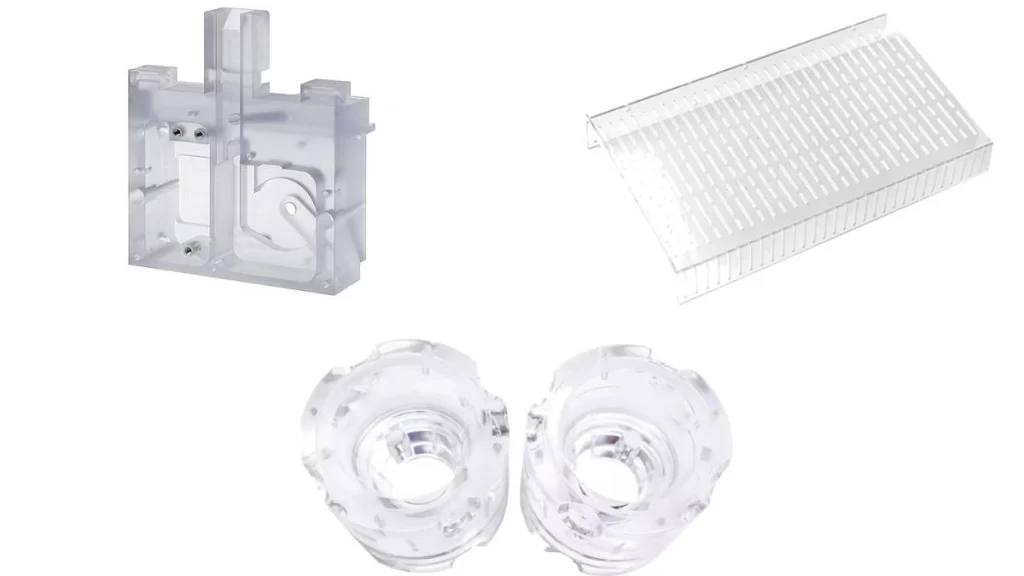
Acrylic Machined Parts
Plexiglass acrylic vs polycarbonate materials can be cast, extruded, molded, or 3D printed. These techniques affect their mechanical and thermal properties. Besides, these materials provide several processing options that give diverse benefits for particular applications according to their specific needs.
The choice between machining versus 3D printing versus injection molding depends on three main aspects: material properties, cost considerations, and required product features. Acrylic and polycarbonate allow easy machining and molding with minimal processing limits. You can choose the material by considering the precise features you need and as per the grades, colors, and fill options available.
The selection of polycarbonate-based resins remains widespread for 3D printing despite this technology’s limited availability of acrylic-like materials. Pure acrylic materials are not typically available in 3D printing resins. But you can substitute them with products that offer properties comparable to polycarbonate.
Which Costs More? Polycarbonate vs Acrylic
In plastic cnc machining, Acrylic is comparatively cheaper than polycarbonate in terms of material costs. Polycarbonate costs more than acrylic because it demonstrates superior strength, durability, and versatile characteristics. Polycarbonate sheets are generally available at $2.50 to $3.50 per kilogram.
While acrylic sheets cost around $1.50 to $2.00 per kilogram. The material specifications and geographical location determine the final cost of these materials.
Try Prolean Now!
Recyclability of Polycarbonate vs Acrylic

Recyclable Polycarbonate
The recycling processes for polycarbonate and acrylic show slight variations. Since both materials share the quality of being recyclable. Users need to check their local recycling program due to variability regarding acrylic acceptance.
Correct disposal and recycling management remain essential because many recyclable plastic materials accumulate in landfills. Manufacturers must adopt environmentally friendly waste management systems because these practices minimize their negative environmental influence.
Environmental and Health Considerations
Polycarbonate and acrylic production uses less energy than glass production. So, these are the most suitable environmentally friendly materials. According to scientific studies, elements found in polycarbonate, such as bisphenol A (BPA), run the risk of affecting human health. Therefore, many nations have adopted bans on this chemical. Before choosing materials for consumer products, you must evaluate their environmental effects and health implications on people.
What Are The Advantages of Acrylic Over Polycarbonate Plastic Machining?
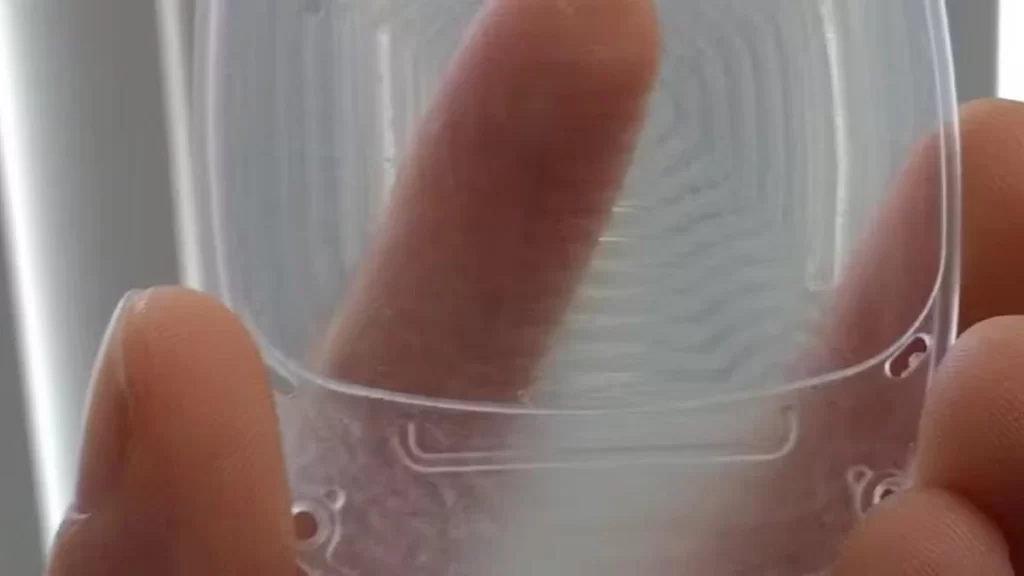
Acrylic Prototype part Displayed
- Acrylic is easier to shape and artistry than its counterpart, polycarbonate.
- It can be polished to fix scratches and improve edges.
- It bonds well with glue for secure fittings.
- Acrylic has a glossy, shiny surface.
- It typically has lower costs than polycarbonate since it sells at rates between 30% and 35% below polycarbonate prices.
- Top of that, it is lightweight and easy to handle.
What Are The Disadvantages of Acrylic?
- Acrylic surfaces can be prone to scratches and abrasions more easily.
- It has low durability traits compared to polycarbonate and shows reduced impact resistance.
- It is challenging to build complex design formations due to its reduced flexibility.
Advantages of Polycarbonate
- Polycarbonate is extremely tough and impact-resistant. Thus, it is perfect for high-stress applications.
- It offers better flexibility and works well at normal temperatures.
- The material is thermal-resistant and remains flame-safe.
- It demonstrates better chemical resistance, increasing its use across different industries.
- Drilling and cutting operations yield no damage to polycarbonate.
- The weight of polycarbonate remains lighter than that of glass. This reduces the difficulty of handling objects.
Disadvantages of Polycarbonate
- It is harder to machine than acrylic and usually requires specialized tools.
- Polycarbonate costs more due to its potent properties.
- It remains yellow when exposed to UV light but receives protection through UV treatment.
Alternatives to Acrylic and Polycarbonate
If you are concerned with cost-efficient alternatives, there are different alternatives to acrylic and polycarbonate that exist for cost-reduction purposes, yet their suitability depends on the type of application.
PET
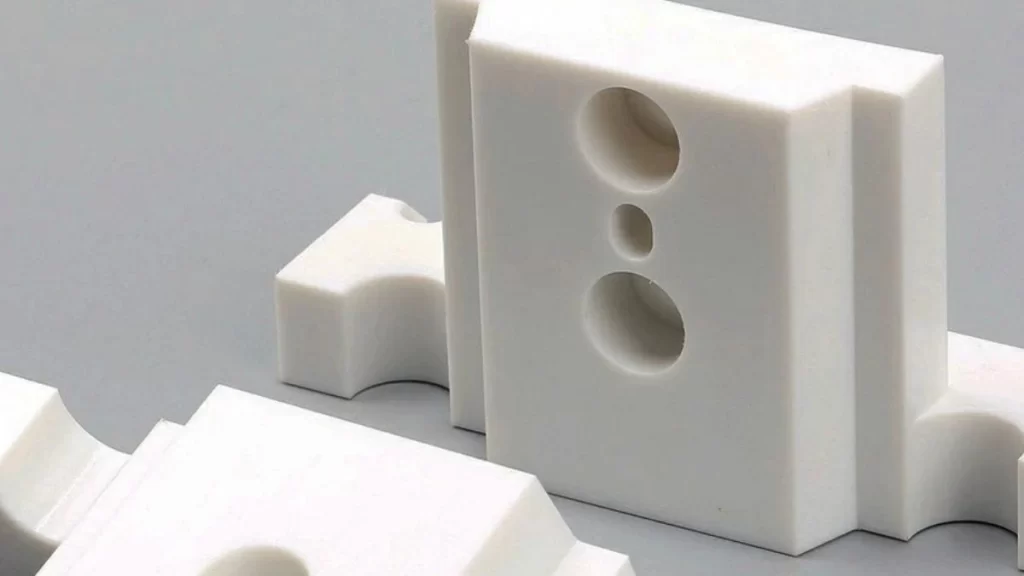
PET Plastic Part
PET is an economical substitute for acrylic and polycarbonate used in water bottles, food containers, and personal care packaging. It’s a good choice when preserving transparency is not critical, but still, it offers decent clarity and strength performance.
PVC

PVC Plastic Product
Polyvinyl Chloride (PVC) is an affordable yet durable material. It primarily produces windows and coverings for outdoor use. PVC is unsuitable as a direct substitute for optical or high-impact applications but is cost-effective for pipes and non-transparent components.
According to your selection criteria, both materials deliver equivalent benefits while maintaining a lower cost base.
Acrylic vs Polycarbonate Basketball Backboards: Performance Comparison
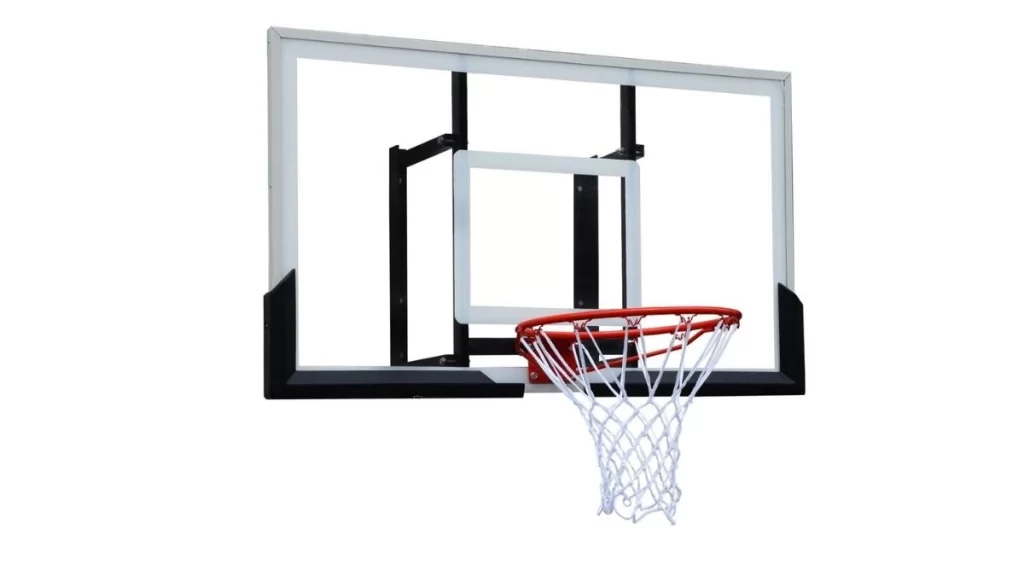
Polycarbonate Backboard with Solid Steel Hoop
| Factors | Acrylic Backboards | Polycarbonate Backboards |
| Shock Absorption | Moderate: Less impact. | High: More impact resistance. |
| Longevity | Moderate: It usually wears over time. | High: Lasts longer outdoors. |
| Safety for Outdoor Use | No: It breaks easily. | Yes: Strong and durable. |
| Safety for Indoor Use | Yes: It is safe for indoor application | Yes: Safe for indoor. |
| NBA Regulations | No: Does not meet. | Yes: Meets NBA standards. |
| Amateur Setups | Yes: It is affordable option. | Yes: Great for home setups. |
Choose the Right Material for Your Project with ProleanTech
With over a decade of experience, ProleanTech brings specialization in providing precision plastic machining services using range of thermoplastics. Whether you require durable, impact-resistant solutions or clear, visually appealing designs, we can deliver high-quality results intended to your needs.
Contact us today for a FREE quote, and let us guide you to the best solution for your project. We offer CNC machining with tolerances as low as ±0.0002″ and quick turnaround times. Get in touch now to learn more!
FAQ’s
Q1. Is polycarbonate stronger than acrylic?
Yes, polycarbonate is more potent than acrylic. It’s more impact-resistant and can handle more challenging conditions. This makes it a better option for applications that require high durability.
Q2. Which is cheaper: acrylic or polycarbonate?
Acrylic is typically cheaper than polycarbonate. It’s a more economical choice for projects where strength isn’t as critical factor.
Q3. Can acrylic be used outdoors like polycarbonate?
Acrylic can be used in outdoors but polycarbonate is better choice for outdoor use. Polycarbonate resists UV damage, and extreme temperatures more effectively than acrylic.
Q4. Why choose polycarbonate for basketball backboards?
Polycarbonate is an excellent choice for basketball backboards. Because it’s durable and can withstand heavy impacts without cracking.
Q5. Does acrylic scratch easier than polycarbonate?
Yes, acrylic scratches more easily than polycarbonate. While, polycarbonate is more resistant to scratches, which makes it a better option for high-traffic areas or where durability is needed.
Q6. Which material is better for CNC machining?
Acrylic is more straightforward to machine than polycarbonate. It cuts more smoothly and doesn’t require as much specialized equipment, making it a better choice for precise machining.

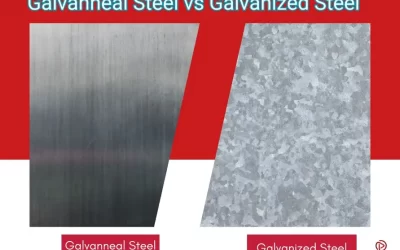
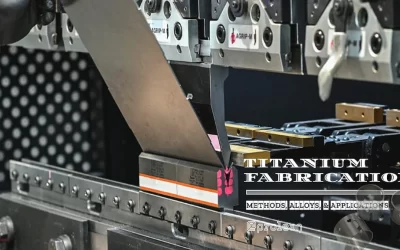
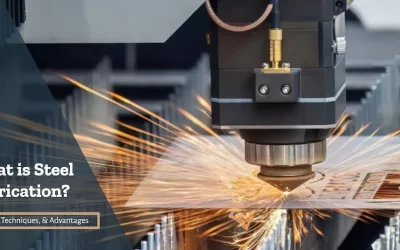
0 Comments